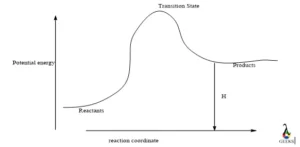15 Facts on HF + FeCl3: What, How To Balance & FAQs
FeCl3, or ferric chloride, has a +3 oxidation state. In an aqueous solution, the powerful acid HF completely ionizes. Let us examine the reaction of HF+ FeCl3 in more detail. FeCl3 appears to be a green-black color, a yellow solid in hexahydrate, and a brown color in solution. HF is an odorless liquid with an … Read more




